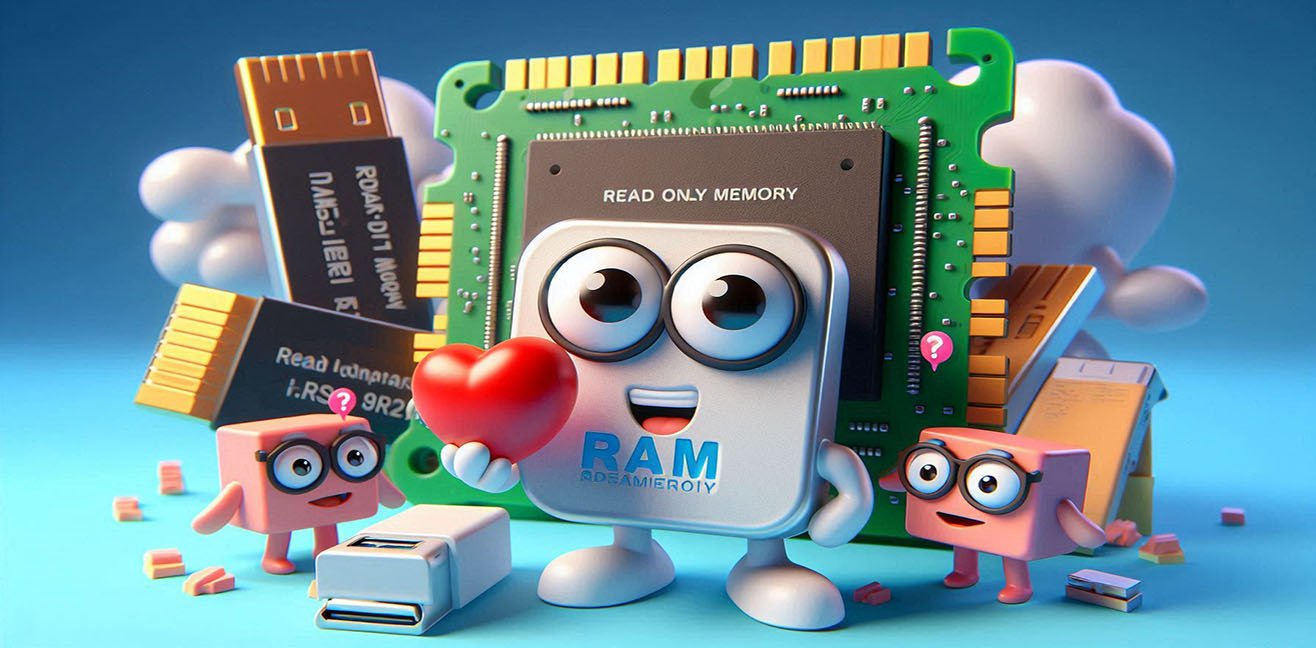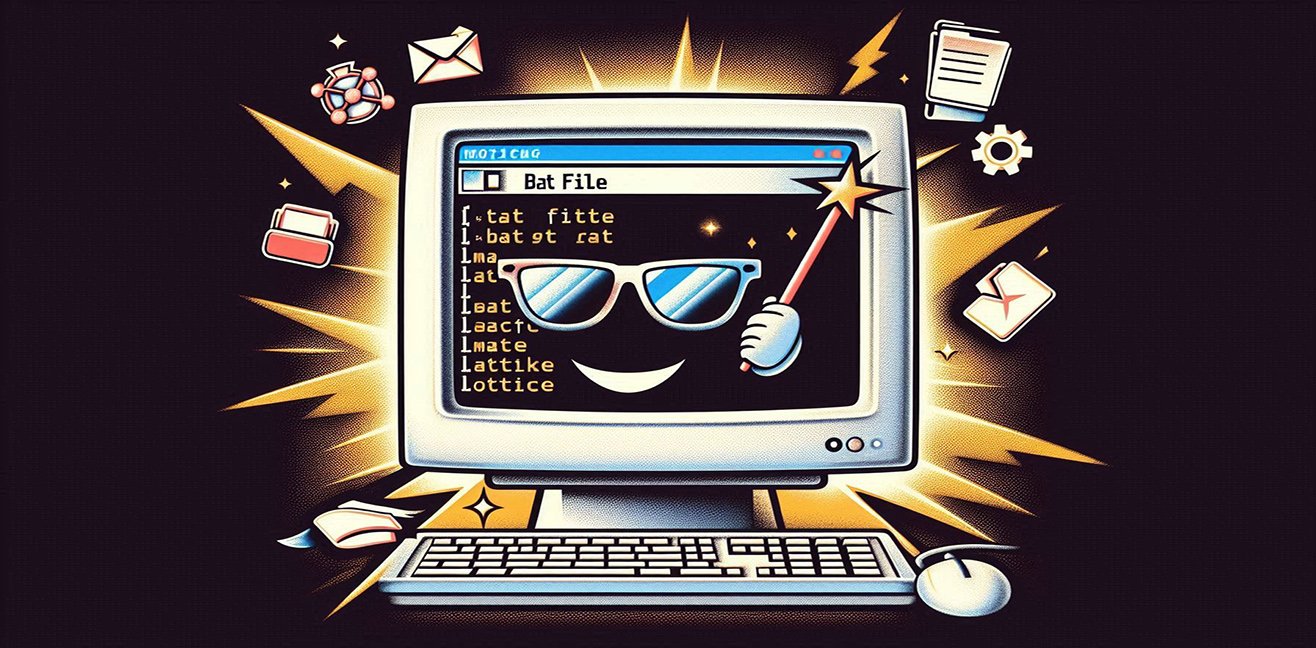In the world of memory, there are two big players: RAM (the forgetful lover) and ROM (the loyal lover). When you turn RAM off, it goes into “Wait… what was I saying yesterday?” mode. 😅 But ROM? Not at all. Whether you shut the computer down or power it back up, it’s still there, faithfully keeping the same data. In short, ROM = the one in the computer world that says, “I will never leave you.” ❤️
But it’s not just about romance—ROM plays vital roles, from the booting process to embedded systems. Let’s dive deep into how ROM works and explore its types. 🚀
🔧 How ROM Works
1. Basic Logic: Read-Only
As the name suggests: Read-Only Memory. Once written during manufacturing (or in some cases later on), the data inside usually cannot be changed.
- RAM: “Read and write, change me as much as you like.”
- ROM: “Read me, but don’t write! I’m stable, my friend.”
That’s why ROM usually stores firmware, such as:
- The BIOS/UEFI code that runs when your computer boots up.
- Firmware in routers, microwaves, or a car’s ECU (Electronic Control Unit).
2. Works Even Without Power
The best thing about ROM? It doesn’t lose data when the power goes out. Think of it like: “The lights may be off, but I haven’t forgotten you.” 🌙
3. Hardware Logic
ROM essentially works through diode matrices or transistor arrays.
- A memory cell stores either a “1” or a “0.”
- The address line selects the target cell.
- The output line returns the stored bit.
In short:
👉 You give it an address → ROM gives you the answer instantly.
No hesitation, unlike RAM, which sometimes seems overthought.
🎭 Types of ROM: Technical + Funny Explanations
Now let’s explore the types of ROM. Here’s where serious technical detail meets a bit of fun. 😎
1. MROM (Masked ROM)
- Technical: Data is written during manufacturing. Cannot be changed afterward.
- Use Cases: Old game cartridges, calculators.
- Pros: Cheap, great for mass production.
- Cons: One mistake and the entire batch is trash.
- Funny Take: “I was born this way, my personality is fixed. You can’t change me.” 👶
2. PROM (Programmable ROM)
- Technical: Can be written by the user once. Cannot be erased.
- How It Works: Tiny fuse-like connections are burned electrically to program it.
- Use Cases: Hardware developers for testing special builds.
- Funny Take: “Once you write, there’s no going back. Like sending a text to the wrong person on WhatsApp.” 📲😅
3. EPROM (Erasable Programmable ROM)
- Technical: Data can be erased with UV light. It has a transparent window on top; shine UV light through it, and the memory is wiped.
- Use Cases: Old BIOS chips.
- Funny Take: “If I stay too long in the sun, I forget everything.” ☀️😎
4. EEPROM (Electrically Erasable Programmable ROM)
- Technical: Can be erased and rewritten electrically, bit by bit or byte by byte.
- Use Cases: Microcontrollers, small device firmware.
- Pros: Can be reused many times.
- Cons: Much slower to write than RAM.
- Funny Take: “Give me some electricity and I’ll agree to forget. Otherwise, I’m stubborn.” ⚡
5. Flash ROM
- Technical: An advanced version of EEPROM. Data is erased/written in blocks, making it much faster.
- Use Cases: SSDs, USB drives, SD cards, phone storage.
- Pros: Fast, durable, supports many write/erase cycles.
- Funny Take: “I’m permanent yet modern. Oh, and I’m active on Instagram too.” 📸
🚦 Where Do We Find ROM?
- PCs: BIOS/UEFI firmware
- Phones: Operating system kernel
- Embedded systems: Washing machines, cars, televisions
- Storage devices: SSDs, USB drives
- Game consoles: Cartridge memory
ROM is essentially the software embedded in hardware—the code that gives each device its personality and makes it work the way it should.
❤️ Conclusion: ROM = Loyal, Diverse, and Technically in Love
The world of ROM is far richer than it looks. From MROM to Flash ROM, each type has its own role and personality. Together, they create the unforgettable memory of computers and devices.
- RAM may forget, but ROM always remembers.
- RAM chases short-term flings, while ROM represents long-term commitment.
And every time you power on your computer, ROM whispers: “Hello, darling, let’s continue where we left off.” 💖💾




